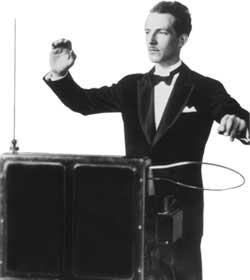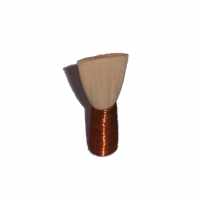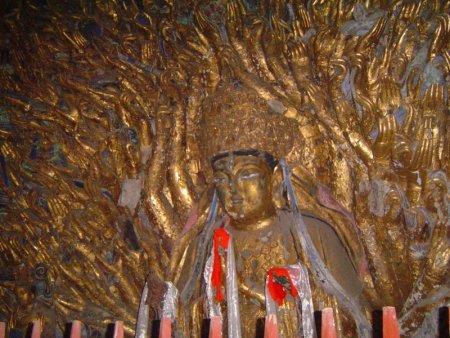concrete matter
Friday, March 2nd, 2007
a little comment on materials, matter and their perception. artwork by Uta Naumburg:
->chronos chromos concrete
randformblog on math, physics, art, and design |

a little comment on materials, matter and their perception. artwork by Uta Naumburg:
->chronos chromos concrete
There are various theories about the origin of languages. Personally I do not believe in things like Monogenesis, but rather think that languages start automatically with communicating basic evolutionary needs and then evolve eventually in abstraction and finetuning.
A good basis to study the origin of languages are animals and their various ways to communicate with their children, mates, friends, rivals etc. and in fact scientists spend years of their life to listen to lets say birds, like pink flamingos.
Another interesting study is to look at human languages and their finetuning. In particular the various forms of mathematics in different populations and their result on mathematical understanding is ethnomathematics. For example the Maya had two kinds of zero’s, namely – loosely speaking – a zero for the begin of a count (in particular they counted days) and a zero for denoting that a timespan doesn’t count – an article on this can be found in this issue of Spektrum der Wissenschaft.
Somewhat interesting is the reverse thing i.e. to speak of language in mathematical terms. E.g. there exist a mathematical structure called “category” (which is defined in the Wikipedia link). Let us assume we have
-a collection of objects, namely sets of words (call them for simplicity languages).
-in addition for any pair language1 and language2 one has a bunch of translators (in mathematical terms a set of morphisms) who translate e.g. language1 into language2
Let us depict this translation with an arrow in the following way:
language1 —translator—> language2
the language and the translators come together with a “repeater” (mathematically an identity morphism), i.e. someone who just translates the same language into the same language and a “composite” that is a translator who replaces two translators, i.e. if fj is a translator from french to japanese and je is a translator from japanese to english (we assume that the two translators can only translate in one direction) then fe would be a composite for fj and je, i.e. someone who does the same job as fj and fe one after the other, namely to translate from french to japanese.
So again one could depict this as:
japanese —je—> english
Now this example is a category if and only if the following is true:
1.)(mathematics: “left and right unit law”): first translate and then repeat is the same as first repeat and then translate is the same as just translate
2.)(mathematics: “associative law”) associativity holds.

If the red and the green arrows are the same then “associativity holds” or in other words a translation from english to french would give the same result if we first translate english into german and then translate german into french or if we first translate english into japanese and then to french. If this is true we have an example of a category. If not (as it is usually the case for languages) then not.

ruskeys.net is a wonderfull site. A virtual museum for old russian made synths and keyboards.
Today is the 5th anniversary of the death of Oskar Sala. Oskar Sala was a physicist and composer and devoted his life to the development of the Trautonium.
Like the Theremin the Trautonium is one of the most influential forefathers of modern electronic instruments. But unlike the Theremin the Trautonium rarely made it into popular music (it might be best known for the sound effects in Hitchcock’s “the birds”).
There will be a memorial concert at the Musikinstrumentenmuseum Berlin on March 1st and 2nd.
“Subharmonische Klänge — Oskar Sala zum fünften Todestag”.
An image from last weekend in Berlin at one of its beautiful lakes.
signpost at FEZ
The FEZ Berlin a children, youth and family centre (actually the largest in Europe) is one of the jewels of Berlin. FEZ-Berlin is run as a non-profit organisation of the Land Berlin and is divided into three main components: the educational work with children, youth and families, the Berlin State Music Academy and the indoor and open air pools.
It was originally founded in 1950 as the Pionierrepublik „Ernst Thälmann“.
For the educational work it hosts among others an ecology garden, a kids museum, a real kids train, which dates back to 1956 and the Orbitall -a space exploration centre for kids dating back to 1979. With various activities like e.g. the space camp mission kids get prepared for the future.

note: following the links is somewhat mandatory here
Yoshihiko Satoh is taking the idea of the double neck guitar to the edge. (via vvork).
a particular interesting double guitar can be seen here beeing half a bass. Also worth mentioning is conkling guitars’ double neck bass (with seven strings each). Up to five-neck guitars are used now and then.
However, the tendency of joining body parts seems to be more universal (and not only the double reed as shown above): There is for example Jhon Rose’s double violin, the “mystic” double flute wich seems to be similar to the Bulgarian Dvoyanka the double piano from 1928, or the double belled trumpet. And even now the development doesn’t stop.
Close to of off topic but a nice installation of Kenny Marshall.

Avalokitesvara from Wikipedia
There is currently (german nun =now) a big exibition in Berlin about the art of Tibet. The objects in this exhibition are mostly from tibetan monasteries. Unfortunately the exhibition ends in around the 1940’s so that one cannot see much of the further development of this fascinating culture like in particular the multicultural influences from China and India.
-> A youtube video (for which the Berlin Anti-Kitsch police will kill me) of the 1000 armed Kwan-yin (note: I don’t know wether the performance is related to the tibetan Chenrezig/Avalokitesvara it just looks similar)